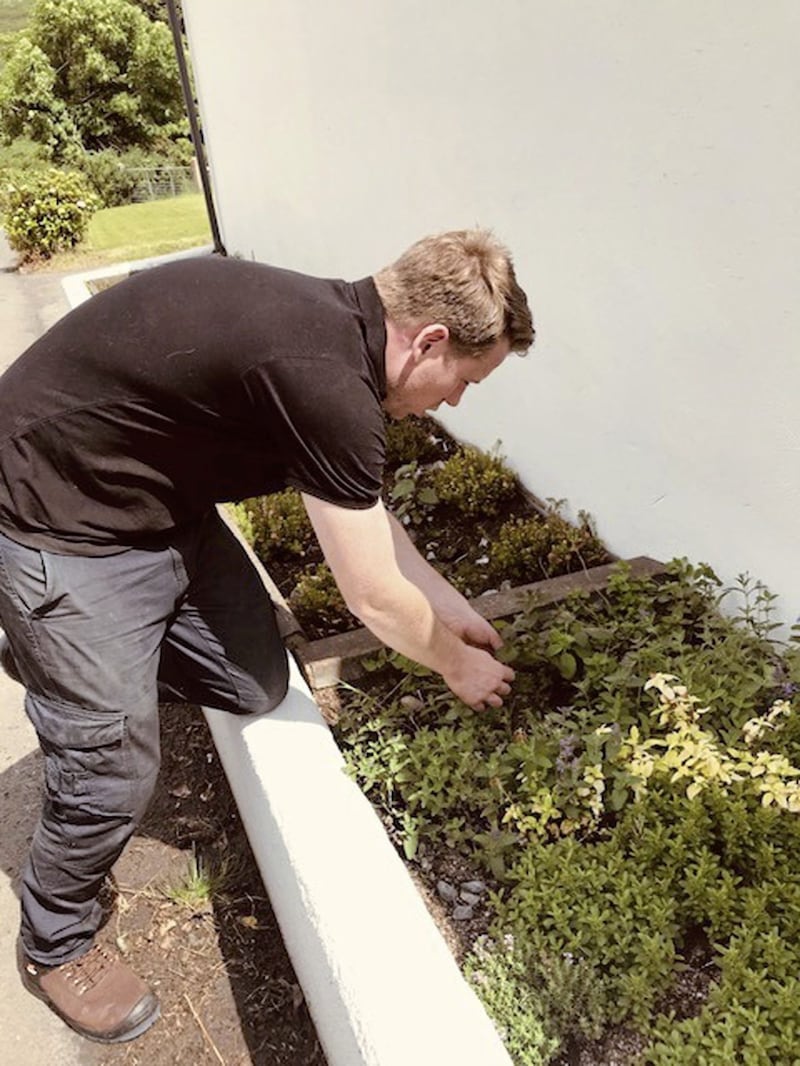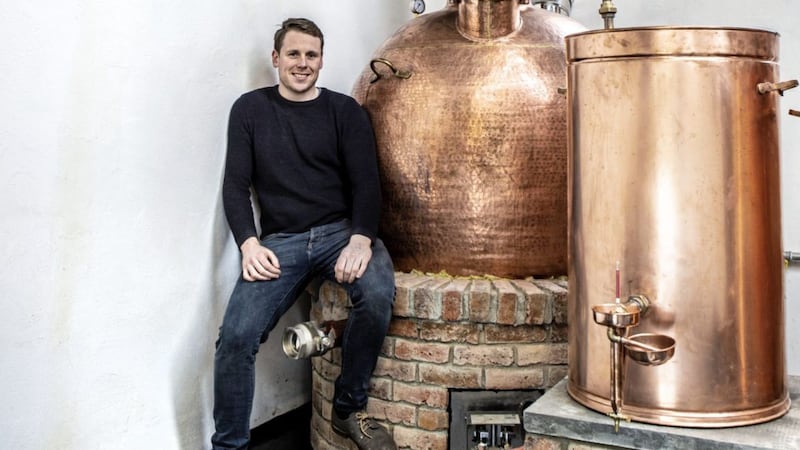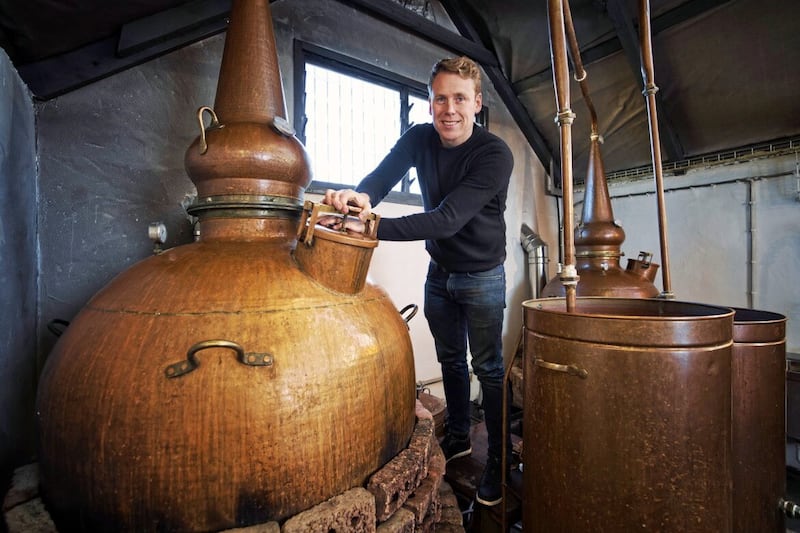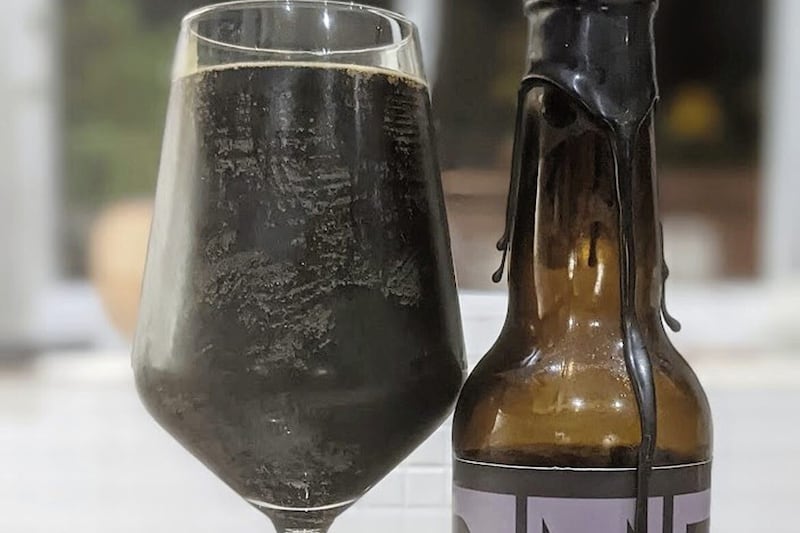AS I drive towards the base of the 'fairy mountain’ – Knockshee – near the Kilfeaghan Dolmen, I am following a human trail of over 4,000 years. The Dolmen predates the Pyramids at Giza and is in a setting more than fit for a Pharaoh.
The purpose of my trip is to explore the mysteries of distilling whiskey in the heart of the most southern part of Down. My destination, Killowen Distillery, claims to be Ireland’s smallest.
The road is not for the faint hearted. The fairies chose their mountain home well. As I navigate the road driving through two farmyards, the location has an illicit feel about it, conjuring up imagery of shebeens with shady pot stills. Thankfully, Killowen is wholly legitimate, even if the converted whitewashed barn, its yard and small botanical bedding look as if they were plucked from the 19th century.
The Killowen Distillery is the brainchild of an entrepreneurial and energetic young architect – that’s right, an architect – called Brendan Carty. And what he doesn’t know about whiskey and its history isn’t worth knowing, as I'm about to find out.
At first glance it may not be apparent what links medieval monks, the Annals of Clonmacnoise, Bushmills, Father Theobald Matthew, Al Capone and De Valera... but, believe it or not, it’s whiskey. Each had role in the evolution of Irish whiskey, for good and bad. Or so Brendan claims.
The monks learned the trade of distilling from their travels around the Mediterranean. They brought those skills back to Ireland more than 1,000 years ago and to the process added more spices. These aromatic flavours produced a drink which they named as ‘aqua vitae’. The Irish-language translation is 'uisce beatha': water of life.
The potency of early Irish whiskey was recorded in the famed Annals of Clonmacnoise in 1408, where one unfortunate Irish chieftain, Richard Magrannell, died by taking "a surfeit of aqua vitae". Unfortunately for poor old Richard, the labelling didn’t live up to its name; he became an early victim of the media caricature of the Irish and our relationship with alcohol.
At the zenith of production, Irish whiskey was the tipple of choice throughout the British Empire. But, at the same time as the world was developing a taste for 'the devil’s buttermilk', here at home, one Fr Matthew and his abstinence movement convinced half of the Irish adult population (some three million souls) at the time to take the pledge and give up on alcohol.
As my host points out, the Co Tipperary-born priest must have been among the best salesmen ever – albeit working for the wrong side.
But not even the charismatic Fr Matthew could halt the popularity of Irish whiskey, which grew and grew. It wasn’t until prohibition was introduced in the United States in the 1920s that demand for whiskey took a nosedive. With exports of whiskey halted, criminal gangs headed by the likes of Al Capone started supplying homemade illicit hooch for America’s network of speakeasies. It was never quite the same after that.
And if Irish whiskey hadn’t slumped enough a disastrous decision taken by then taoiseach Eamonn DeValera to enter a trade war with Britain in the 1950s became a calamitous act of self-harm to the industry. Cut off from its main trading partner and tariff laden, Irish whiskey started to decline and Scotch filled it place.
At its peak the Irish whiskey industry had several hundred distilleries but by the 1970s this was reduced to just a handful.
Brendan gallops through the highs and lows of the whiskey industry with pace of the Tony Robinson of Time Team. His enthusiasm is infectious.
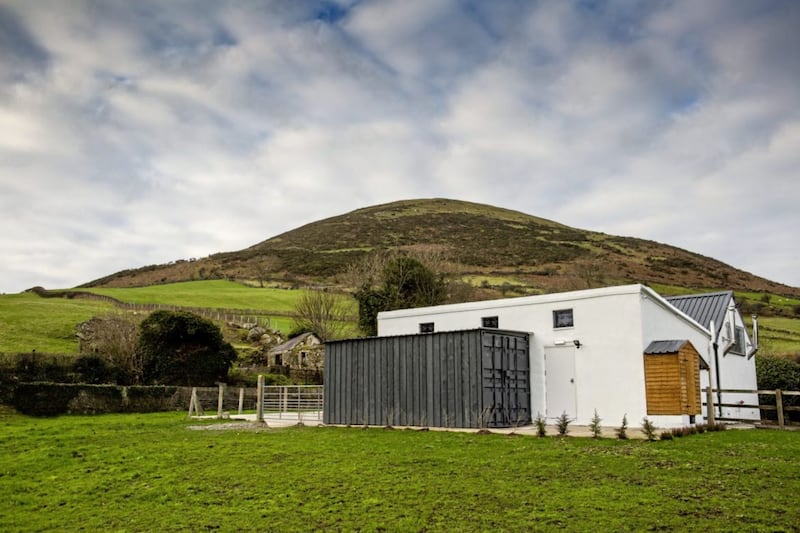
His is a 'back to the future' strategy. He is a man on a mission. He wants to go back to basics with Irish whiskey. Forget the smooth and the silky – Killowen is about earthy, peaty and spicy. Brendan calls it "complex". He believes whiskey is best taken neat or tempered only by a dash of Mourne water or, God forbid, on the rocks. Killowen Whiskey will hit the nose as much as the tongue.
Brendan has been experimenting by creating new aromas. He grows several varieties of herbs in a small walled bedding area for what he calls his ‘botanicals’, this, he believes, the essence of what makes the difference.
In ways, Brendan is mimicking the production methods of the early monks. Unlike the great monastic houses of the 12th century, Killowen has only three employees: Brendan and his trusted two-man team of Pearse and Hugh. This is not surprising in an embryonic business, as it can take up to five years to break even.
The copper stills used at Killowen look as if they came straight out of the imaginarium at Hogwart’s school for wizards. Suiting the quirkiness of the location and the owner – Brendan has given both stills names: Christeior (named in memory of young man tragically killed in a road accident) and Broc ('badger' in Irish).
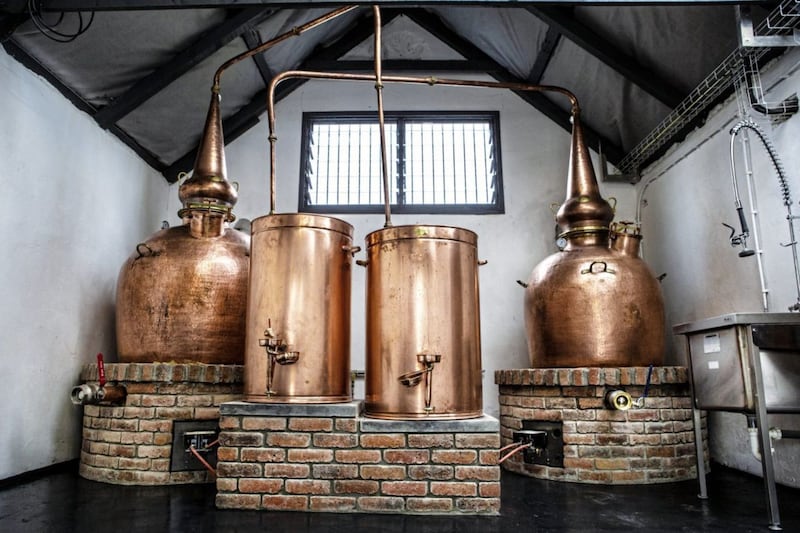
Making whiskey takes time, money and a lot of patience. Brendan has spades of patience, but to fill in the time waiting for the whiskey to mature, he has joined what seems like an explosion in the production of gin.
There was a time when ordering a gin was quite simple – it was Gordons or Beefeater or, for the exotic tipplers, maybe a Bombay Sapphire. Nowadays, however, to know about gin, one would need to take a course in alchemy, gastronomy and gardening.
Brendan and his team make a fine gin. Light, fresh and crisp, especially when added to a little tonic and a sprig of mint. It is so quaffable it's easy to see how gin once was once notoriously known as ‘mother's ruin’.

Killowen Gin smells like a hillside of wild flowers containing as it does fuchsia flower, rose hip, elderberry, angelica and meadowsweet.
For those hardy connoisseurs of hard liquor, Killowen also produces a poitin. Now this writer associated poitin with greyhounds – when it was rubbed into their legs. But Killowen Poitin would be too upmarket even for the legs of the legendary Master McGrath. It hits the nose with the scent of grass and pine cones. The tongue can taste the oatmeal and vanilla. At 48 per cent proof, the novice may want to dilute.
As I leave Killowen, I pass by nearby Kilbroney, home to the famous Bell of St Bronach – (Bronagh), disciple of St Patrick. St Bronach is said to have built a refuge for shipwrecked sailors. I couldn’t help but think that had those sailors discovered a refuge like Killowen distillery they might never had made it back to sea.
Oh, I almost forgot to mention that Killowen has an on-site tasting bar made from up-cycled wood used in the building of the distillery, so one doesn’t have to feel guilty when indulging in a tipple – just don’t forget the designated driver.
